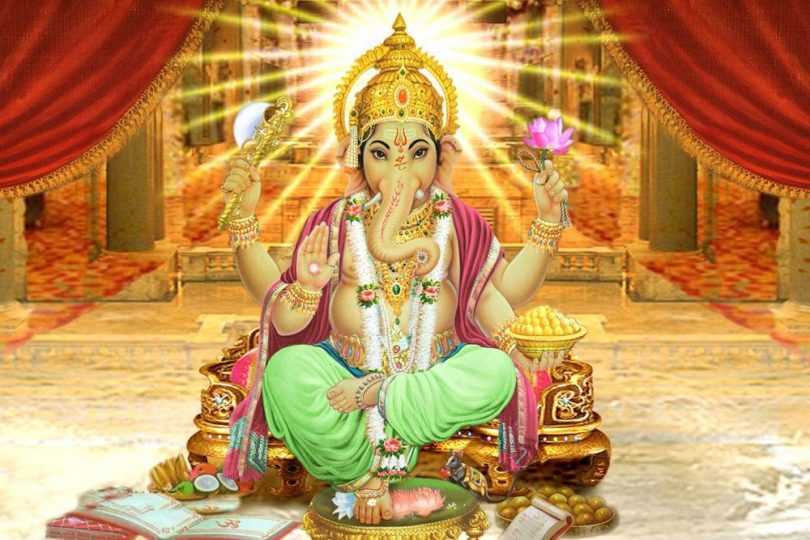Every lunar month, according to Hindu calendar has two Chaturthi dates, one after Purnima or full moon and one after Amavasya or new moon. During the Krishan paksha, the Chaturthi came after Purnima is known as Sankashti Chaturthi and during Shukla Paksha, Chaturthi came after Amavasya is Known as Vinayaka Chaturthi. The meaning of Sankashti is deliverance during troubled times. Devotees observe fast on Sankashti Chaturthi of every month but the Sankashti Chaturthi falls in the month of Magha according to Purnimant School and in the month of Paush according to Amavasyant School, is most significant for fasting.
If in any month the Sankashti Chaturthi falls on Tuesday, then it is known as Angarki Chaturthi and also considered as highly auspicious. But This year it falls on Thursday on December, 7. Mostly in India, the people of western and Southern India especially in Maharashtra and Tamil Nadu, observed the fast on Sankashti Chaturthi. Hindu people of Tamil Nadu is also called Sankashti Chaturthi, as Ganesh Sankatahara or Sankatahara Chaturthi. In North India, Magha month’s Sankashti Chaturthi is called as Sakat Chauth.
Sanskriti Chaturthi, Vrat Vidhi
Devotees of Lord Ganesha observe fast for the whole day on Sankashti Chaturthi as they believe Lord Ganesha is the supreme lord of intelligence, symbolizes the remover of all obstacles and open their fast at night after sighting of the moon.
Sankashti Chaturthi fast is supposed to be strict and observe only on the fruit, roots (the part of a plant which is below ground) and vegetable products to be consumed during fast. The Sankashti Chaturthi fast also includes Sabudana Khichadi, potato, and peanuts. Devotees .


Leave a Comment